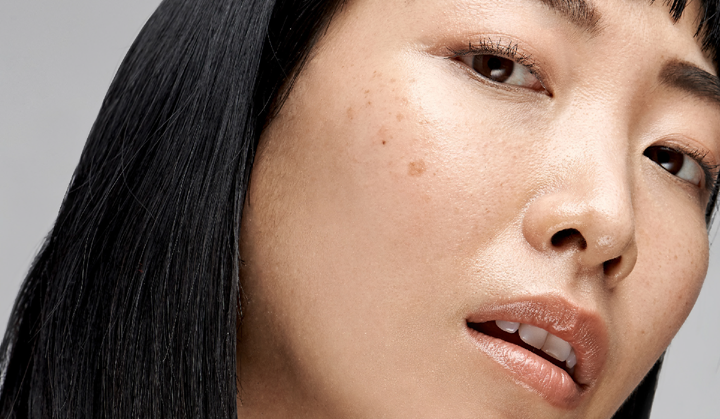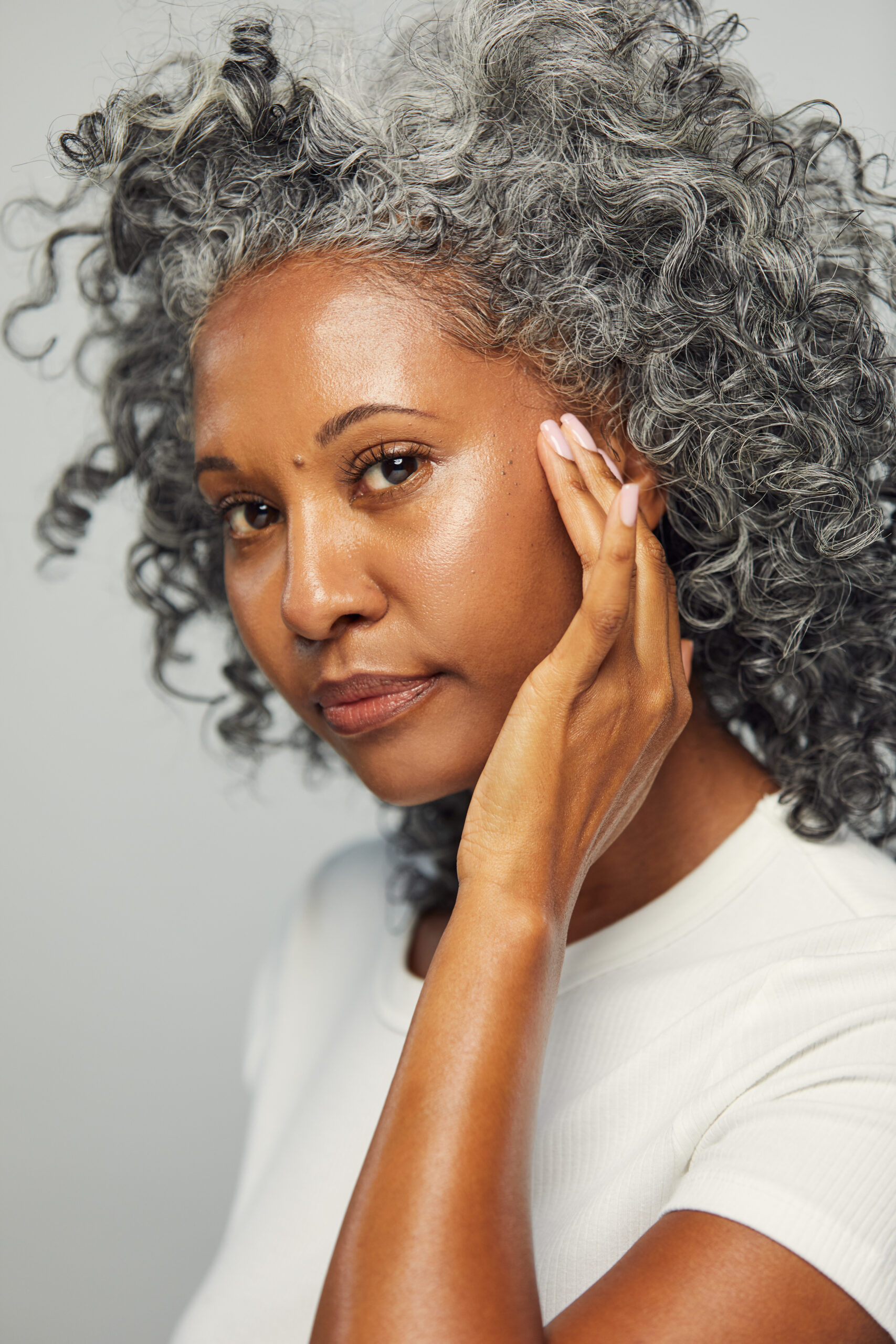
But what causes dark spots? Sometimes – in response to a variety of internal or external triggers – the skin produces irregular amounts of melanin, which leads to color-clumping at the skin’s surface. This over-production is the root cause of dark spots. This next section investigates the triggers that lead to hyperpigmentation, the anatomy of a dark spot, and how best to treat them.
what causes dark spots?
Though melanin naturally protects our cells, the skin occasionally overproduces melanin. This overproduction of melanin is what causes dark spots, also known as hyperpigmentation. Here are some of the top dark spot triggers:
UV rays
Unprotected sun exposure is the best-known trigger for melanin production (think about the tan you get from a day at the beach). It’s also the leading cause of dark spots; much of the hyperpigmentation we treat is the result of sun exposure. Fortunately, UV-induced hyperpigmentation is widely considered to be the easiest type to treat.
pollution
Airborne particulate matter (PM) and polycyclic aromatic hydrocarbons (PAHs) can both become lodged in skin’s deeper structure. This oxidizes the surrounding tissue – leading to free radical damage and triggering an inflammatory response that results in hyperpigmentation.
free radicals
Collectively known as Reactive Oxygen Species (ROS), free radicals are oxygen-derived molecules with unpaired electrons, which makes them highly reactive and able to damage macromolecules such as lipids, proteins and nucleic acids. The free radicals produced by keratinocytes can overstimulate melanocytes, resulting in hyperpigmentation.
hormones
During pregnancy, we often see melasma, also known as chloasma or “the mask of pregnancy,†on the face. This can be either temporary or permanent, and is caused by hormone shifts during pregnancy. Even medications such as birth control can induce hormonal dark spots.
inflammation
Any trauma to the skin, whether it’s a wound, breakout, or even the result of a medical procedure such as resurfacing or laser hair removal, can cause melanocytes to be damaged over overstimulated, resulting in post-inflammatory hyperpigmentation (PIH). Darker skin types are particularly susceptible to this type of hyperpigmentation.
how inflammation causes a dark spot

types of dark spots
There are several different types of dark spots; just as hyperpigmentation has a variety of different causes, it can appear in a number of different ways. Here’s an overview of the most common types of hyperpigmentation:

melasma
Melasma is caused by hormonal changes that can impact melanin production. These changes often develop during pregnancy or when using birth control, and result
in areas of hyperpigmentation that most commonly appear on the forehead, cheeks and upper lip. These dark spots often look like patches or a mask, and may also be symmetrical. Note that hormonally-induced hyperpigmentation is difficult to treat, as hormones are physiological and influence the skin 24 hours a day.

sun spots
Sun spots are related to excess exposure to UV rays over time, and are widely considered to be the most common type of dark spots. They generally appear as dark spots on areas that are typically exposed to the sun, such as the hands, neck, chest and face.
post-inflammatory hyperpigmentation (PIH)
This type of dark spot is the result of inflammation or injury to the skin (for example, from acne, deep cuts or burns). Susceptibility to PIH typically increases with age, as cell turnover slows with age and it takes dark spots longer to move to skin’s surface and slough off.
Related articles
How Does Menopause Affect Your Skin?
Healing the Industry, the World and Ourselves
Controlling Aging Skin
stay in the know
Get special offers on the latest developments from Front.





